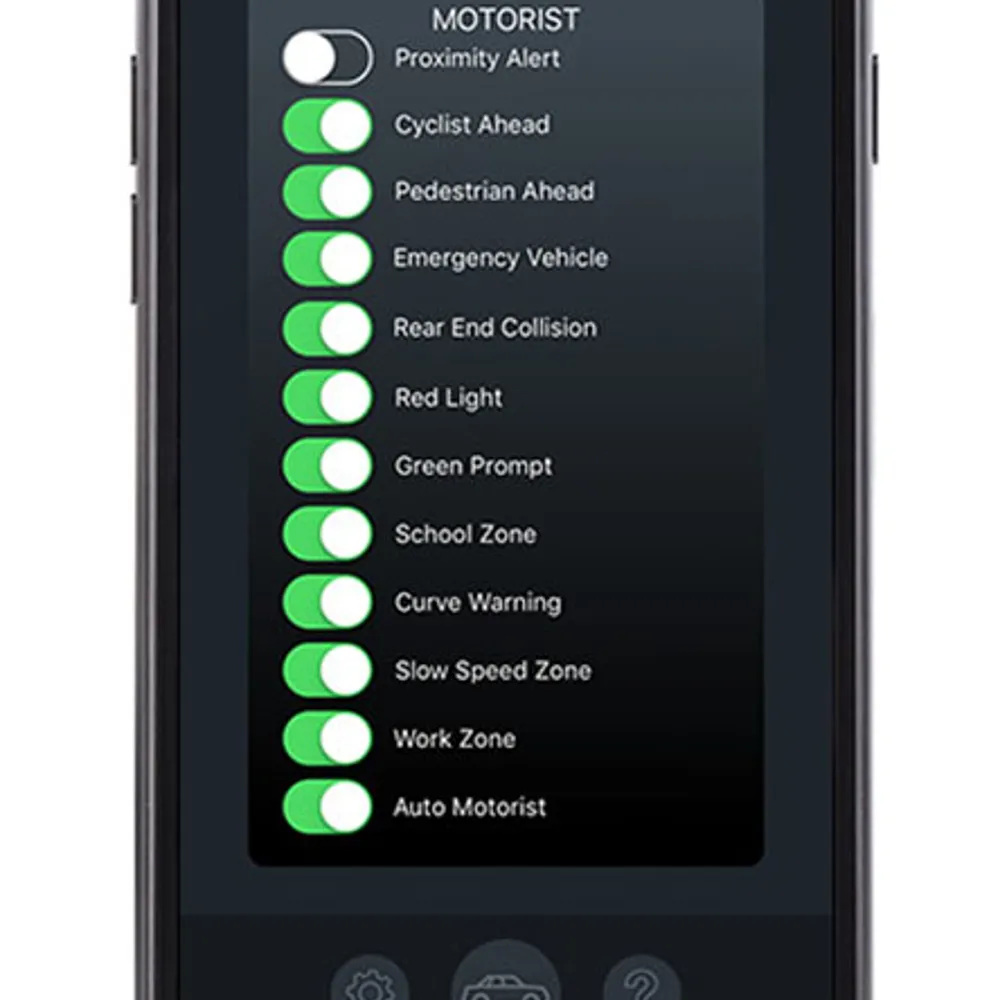Tech Hub: Driving Innovation in Arlington, VA
August 6, 2019


July/August 2019
More articles in this issue:
Just across the Potomac River from our Nation’s capital lies Arlington County, home to CTA (and the soon-to-be home of Amazon’s HQ2). In addition to a couple big names in consumer technology, this northern Virginia suburb also recently served as a testbed for safe driving technology.
Atlanta-based Applied Information has deployed more than 11,000 devices in over 500 U.S. communities. These devices are a combination of traffic signals, emergency vehicles, transit buses, pedestrian crossings and driver feedback signs. Also 2,900 schools are using connected safety beacons.
The company was in Arlington in April, attending an Institute of Transportation Engineers meeting. Their intelligent transportation system (ITS) had recently been deployed in Arlington — the first city in the D.C. metropolitan area to see an ITS installed to promote safer driving.
“The city of Arlington is an early adopter of smart cities, IoT transportation technology,” said Peter Ashley, vice president of business development at Applied Information. “The city installed connected school zone safety beacons at all their schools and was interested in learning more about connected traffic signals and other connected traffic device technology.
With the transportation conference coming to town it made sense to set up the demonstrations.”

How it Works
Drivers, cyclists and pedestrians can all take advantage of the cellular vehicle-to-everything (C-V2X) technology through Applied Information’s TravelSafely app. The app makes use of a smartphone’s existing 4G LTE data connection to communicate with the safety beacons alerting users via verbal cues. It tells users about traffic signals (through both redlight warnings and “get ready for green” timing notifications), school zones, speed limit violations and work zones.
By relying on current data connections, C-V2X technologies serve as a global solution for vehicle-to-everything communications.
“Smartphones will serve as a bridge technology while the vehicle manufacturers, like Ford, start embedding C-V2X technology. Smartphones will also provide drivers of older vehicles with connected safety messages that will only get better with 5G,” says Bill Wells, vice president of communications, Applied Information.
Thanks to these new infrastructure enhancements, the TravelSafely app can warn users if they’re about to run a red light, if they’re speeding in a school zone or if they’re sitting idle without noticing a traffic signal has turned green.
“This product upgrade means that the future of connected infrastructure is happening now and no longer just a future promise,” said Applied Information President Bryan Mulligan. “Roadway users and transportation system owners can benefit today from better connectivity and be fully prepared for advances in communication and for new mobility applications to come.”
Applied Information’s Glance Smart City Supervisory System platform also allows cities to manage all their traffic and ITS assets on one web-based application. The app works with emergency vehicles, helping them to get to the scene of accidents quicker by communicating with traffic signals as well as others using the app. An added benefit for the county, the app and underlying technology also give traffic engineers smartphone access to signals for control and maintenance.
As the world moves towards a future of connected, smart cities, and self-driving vehicle technology, Arlington is making sure it doesn’t get left behind at the traffic light.
Join our community of innovators and shape the future of technology.



